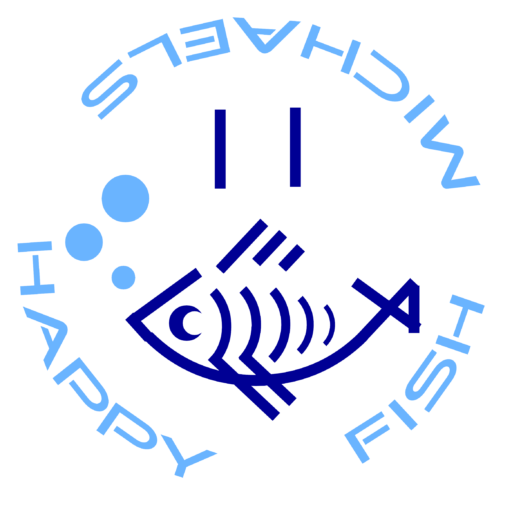- Your cart is empty
- Continue Shopping
Hyposalinity
Hyposalinity
Hyposalinity aka Osmotic Shock Therapy (updated 1-11-23)
What It Treats: Marine Ich (Cryptocaryon irritans) and Flukes (Monogeneans)
How To Treat: Place the fish you wish to treat in a quarantine tank with SG & temperature matching the tank they came from. Over a period of 48 hours, gradually lower the SG down to 1.009 (or 12ppt). You must use a perfectly calibrated refractometer (or some other accurate Salinity Tester) at all times while doing hypo, and an auto top off system is also highly recommended. During treatment the SG must always remain at 1.009. If it inches up even slightly, the treatment clock restarts.
Hypo for treating Marine Ich: Treat @ 1.009 SG for 30 consecutive days. Some have even used hypo to successfully rid their display tank of ich, while others have failed. All corals and inverts must be removed beforehand if you wish to try this.
Hypo for treating Flukes: Treat @ 1.009 SG for at least 10 consecutive days. In some instances, 35 days @ 1.009 SG may be required to fully eliminate certain species of flukes.
Special considerations when using hypo:
- One of the challenges posed by hypo is maintaining a proper pH for the entire duration. While fish aren’t overly sensitive to low pH for short periods of time, anything continuously lower than 7.5 is going to be a problem. So, you will have to constantly test and raise the pH as needed. This can be accomplished by using supplements (available at most LFS) or you can “bake” your own DIY supplement by using baking soda. Spread baking soda onto a clean baking sheet, and bake at 300F for 1 hour. This process drives off carbon dioxide and water from the baking soda, and the result is an effective pH booster. You will need to experiment (start with a very small amount) to determine how much is needed to raise your pH to the desired level.
- Hypo is most effective when water temperature is kept within this range: 26C/78F – 28C/82F
Pros: Chemical free solution to Marine Ich + Flukes that is gentle on most fish (but NOT ALL). Possible hypo sensitive fish include: Anglers, anthias, dragonets, frogfish, gobies, lionfish, seahorses, wrasses.
Cons/Side Effects: Difficult to execute properly, and hypo resistant strains of ich have been proven to exist (study done by Yambot in 2003). Also, hypo oftentimes will suppress (but not fully eradicate) other parasites such as velvet, brook and uronema. This does not become evident until salinity is raised back up. So, it is very important to be sure your fish has Marine Ich (or Flukes), and not some other parasitic infestation, before beginning hypo treatment.
Video learning:


